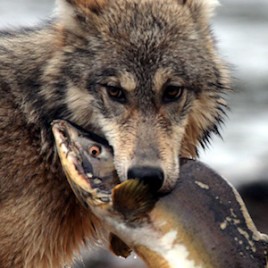New genetic information affirms what members of the Heiltsuk First Nation have long known: the islands off British Columbia host a population of ‘coastal wolves’ that is distinct but related to that of the timber wolves on the mainland. Examination of genetic markers from DNA collected in wolf droppings shows that coastal wolves are more […]
Tag: animal behaviour
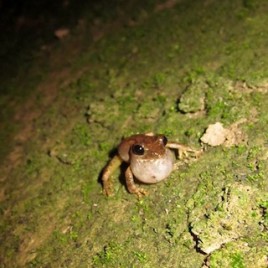
Singing in the drain
Researcher from Taiwan have shown that the mientien tree frog uses concrete drains to amplify its mating calls. They used field studies to show that far more males call from inside the drains than outside them, and acoustic analysis to show that the structures do indeed increase call volume and duration. Original research paper published in […]
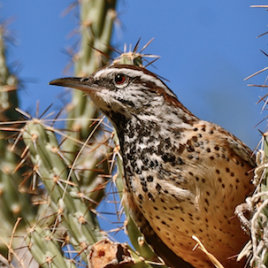
It takes a community to raise a healthy bird
A new study shows that birds that cooperate to raise their young have better year-on-year survival than those that don’t. In certain bird species – found mostly in Australasia or Africa – children from the previous year and from other parents help raise the newborns. A careful review of the research on this rare phenomenon […]
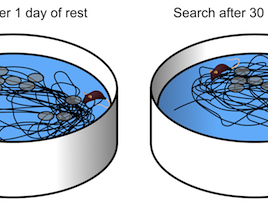
How memories become knowledge
An experiment with mice sheds light on how the brain turns individual memories into knowledge over the course of time. Mice were trained to swim in a pool of water and look for a hidden platform that could be in one of several locations, with some locations more likely than others.Mice that were tested one […]
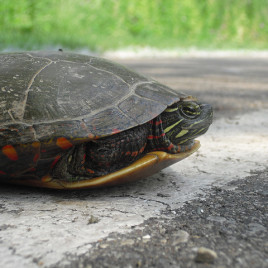
Do Roads Reduce Painted Turtle Populations?
A new study shows that high traffic roads in Eastern Ontario have no significant effect on the relative abundance of painted turtles. Researchers compared turtle populations from around 20 ponds, half of which were close to a freeway and the other half of which were as far as possible from any major roads. They found that […]

Does counting tracks to estimate animal populations actually work?
A new computer analysis shows that animal tracks can provide an accurate estimate of animal populations in a given area. Biologists often use animal tracks for relative estimates – e.g. more over here than over there – but because tracks can twist and turn, they shy away from using them to get an absolute number of […]
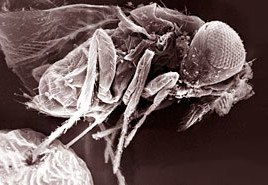
Temperature influences gender of parasitic wasp
Extreme climatic events could influence the sex ratio of a parasite that controls pests such as the European corn borer, a new study shows. The parasitic wasp Trichogramma euproctidis lays its eggs inside the eggs of moths, preventing the moth egg from hatching into a caterpillar. The study showed that fewer females were born at […]
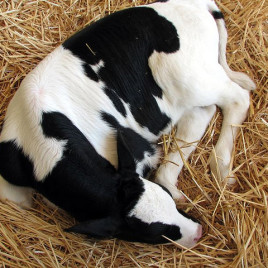
Calves are ‘pessimistic’ after separation from their mother
Dairy calves exhibited ‘pessimistic’ behaviour after they were separated from their mother, a new study shows. Thirteen Holstein calves were raised with their dams and trained to discriminate between white (reward) and red (punishment) colours displayed on a computer monitor. They were then tested using an ambiguous colour (between white and red): 72% of calves […]
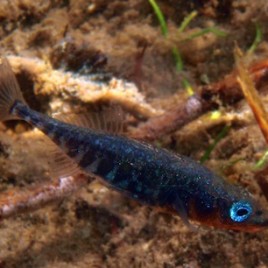
Sticklebacks are blind to each other’s armour
Different-looking sticklebacks from Kennedy Lake on Vancouver island interbreed despite evolutionary pressure not to, according to a new study. Genetic studies showed that fish with one parent that had lots of body armour and another parent with minimal body armour had a lower chance of surviving to adulthood than fish whose parents were both of […]
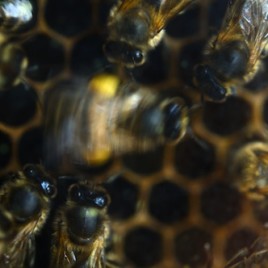
Honey bee eavesdropping could assess conservation efforts
The famous ‘waggle dance’ that bees use to tell each other about the best foraging grounds could be used to measure the success of conservation programs, according to new research. Scientists ‘eavesdropped’ on 5,484 bee dances in a mixed urban-rural area and found that the best forage was located in a particular nearby nature reserve, […]
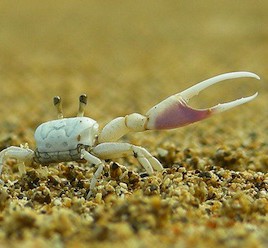
How baby fiddler crabs catch a wave
A new study shows how some species of fiddler crabs can compensate for changing temperatures when timing their courtship. Fiddler crabs sync up the hatching of their young with bimonthly higher tides in order to ensure they have the best chance of escaping predators. But at some times of year, cold temperatures can slow embryo […]
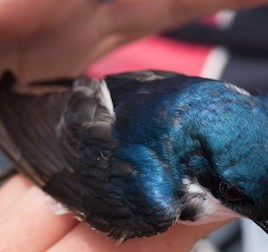
Tree swallows in Quebec in decline
A new study shows that tree swallows between Montreal and Sherbrooke became fewer (-19% population decline) and smaller (-8% weight loss) from 2005-2011, especially the females. Insect-eating birds are in decline all across northeastern North America, and pesticide use is a suspected culprit, but the authors did not find a link between weight loss and […]
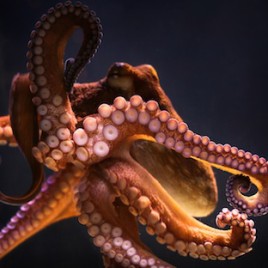
Why don’t octopuses tie themselves up in knots?
New research indicates that octopus skin exudes a chemical substance that repels its own suckers. Octopus arms – which remain alive for up to an hour after amputation – do not grab octopus skin or objects covered in octopus skin, although they will grab skinned octopus parts. This suggests a chemical repulsion, though the researchers […]

‘Scent of man’ stresses lab mice out 
A new study shows that the behaviour of mice used in scientific experiments was altered by the presence of men, but not women. The study shows that in the presence of male experimenters and male odours, mice were less sensitive to pain, a phenomenon called stress-induced analgesia. Lab mice are more stressed when the […]
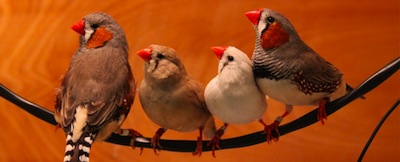
What bird brains can tell us about how we learn
When male songbirds sing to a female, they are note-perfect, but when they are singing by themselves, there are mistakes. By analysing the activity of brain cells, scientists have determined that this random error is actually generated in parts of the brain called the basal ganglia. They suggest that the behaviour is designed to help […]
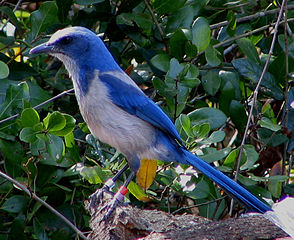
The evolution of cooperative parenting
Birds like Florida Scrub Jays and humans have something in common; they both make investments in raising children that aren’t there own, which at first seems to counter “survival of the fittest.” A new mathematical model shows that the benefits of helping outweigh the risks for species that are highly competitive for territory; helping your […]
